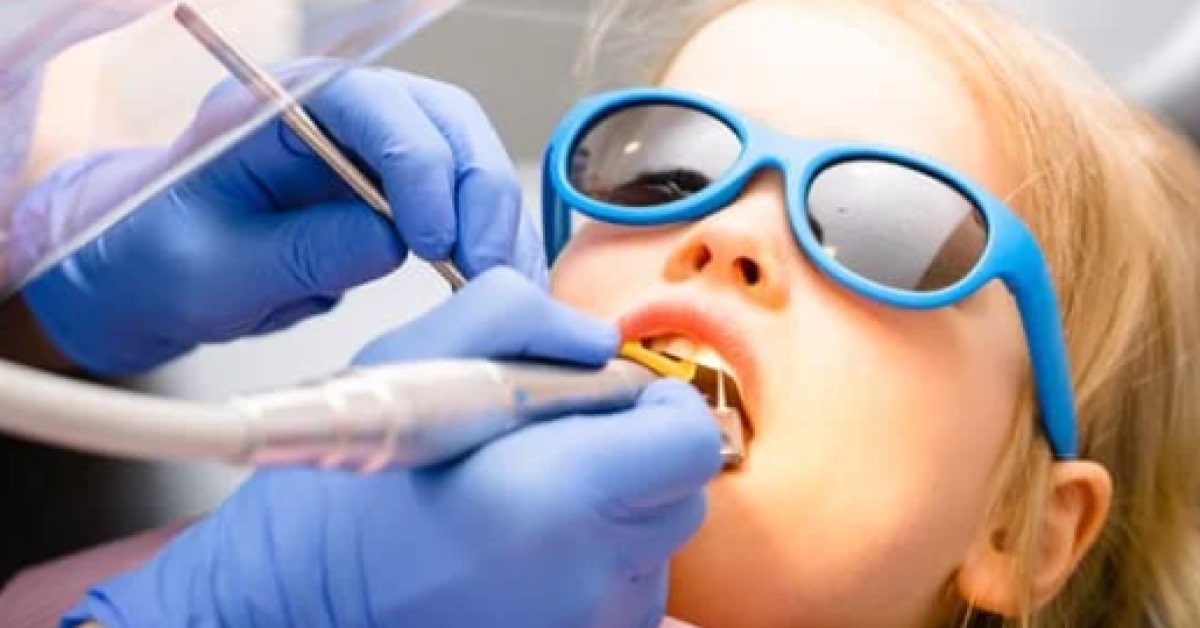Blog
February 01, 2021 • 3 min readCommon Mistakes in Dental to Medical Billing and How to Overcome Them
The author used to work in dentistry but switched to medical billing. They enjoy working with offices to help patients, increase profitability, and expand services.
Author

Kim Pajak
CDA, RDA

In this Article
In my past life, I worked in dentistry for many years. I went into medical billing for dentistry because I had a need to move away from the clinical side of the practice. I enjoy my continued work with offices because it’s a way for me to still help patients get what they rightfully deserve and make them healthier in the process. I also get to help offices be more profitable, increase their case acceptance and be able to expand on the number of services offered.
I know from personal experience that jumping into medical billing is not easy and I have been observing and working with offices for the last six years to overcome those obstacles.
I am going to cover common mistakes offices make in filing claims. I find that there are several, anywhere from chart notes, to order of codes to missing codes all of which can make all the difference.
Chart Notes
We talk a lot about SOAP notes and that style of chart note writing, but it can be very overwhelming to a new office starting out. I recommend just starting with a more extensive chart note. Cover the MEDICAL reason why the patient is in your office, how the treatment plan will help them in their overall health, and then your standard dental chart note at the bottom. Medical insurance will only pay for MEDICALLY NECESSARY treatment. It’s up to you and your provider to convey the medical necessity of the treatment rendered. How what is going on in the patient’s body is affecting their oral cavity OR how fixing the oral cavity will lead to further healing of the body when it becomes free of infections and bacteria.
Missing Diagnosis Codes
For example, if you have a bone grafting code 21210/21215 you MUST have a level of atrophy code. This tells the insurance why you need to restore the skeletal system to full health. Then you can add additional codes for why the atrophy happened but you need to have that code either first or very close to it. With trauma, you will have the reason the patient came to you fractured/broken tooth, laceration, etc. Then what happened to the patient. Please remember you must include an accident report which is included with any Imagn Billing Membership.
With diabetes, your primary code is an “E” then your supporting diagnosis as well as a “Z” code if the patient uses insulin. The diagnosis tells the insurance the medical necessity of what you are doing. You don’t need a lot of them, it’s quality over quantity.
Diagnosis Code Order
Remember the primary code must fall within the scope of your provider’s license. So with a cancer patient, the diagnosis for cancer you received from the oncologist does not go first it would be for example xerostomia caused by the chemotherapy.
The same goes for Sjogren’s disease or GERD the effect of the disease in the oral cavity will always go first then the cause of that effect as supporting. This is because your procedure codes are going to be dental in nature not related to the diagnosing of the disease. But it will be important to show the reason the patient came down with side effects manifesting themselves in the oral cavity.
I applaud all of you for accepting this journey to help your patients, maximize their benefits and generate additional revenue for the practice. Medical billing takes time, patience, and perseverance.



